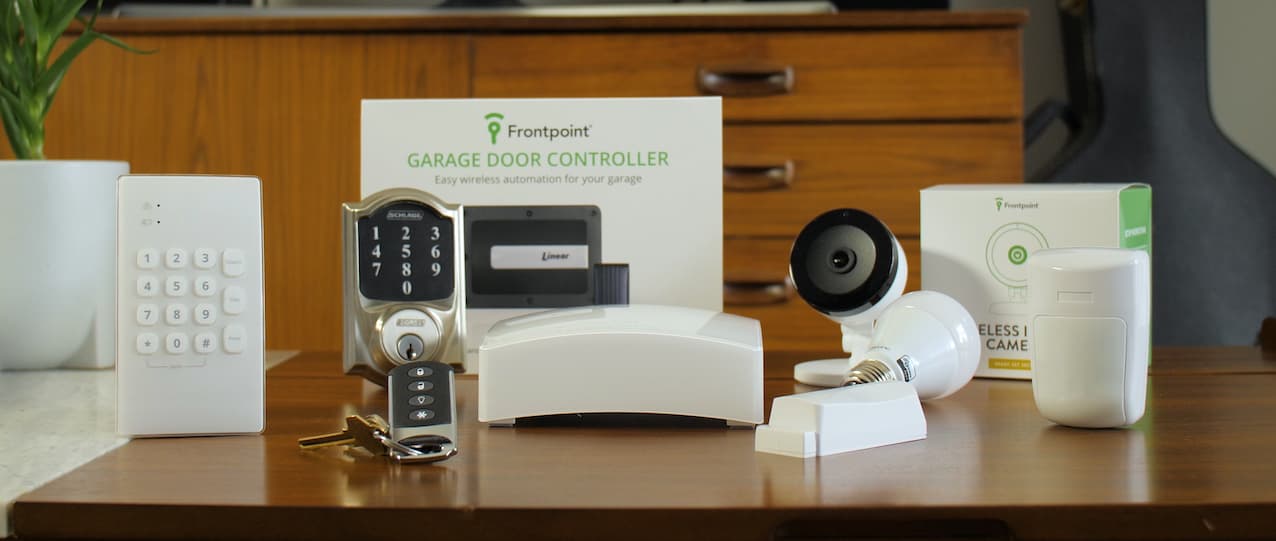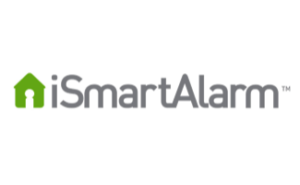DIY security can mean two different things. First, there’s DIY installation. DIY security systems come with preprogrammed equipment that’s easy to self-install with little to no drilling, sawing, carving, soldering, rewiring, or tampering with flux capacitors. Frontpoint, SimpliSafe, and Cove place a ton of emphasis on their DIY installation service and making the setup process painless for new customers.
There’s also DIY monitoring, which gives you the ability to keep an eye on your own security system instead of paying monthly to have a third-party monitoring center watch over your home for you. That’s not to say professional monitoring is a bad thing. Pro monitoring comes in handy when you’re, say, off paragliding in the Alps, or even toiling away at your 9-to-5, and can’t find the time to watch over the home yourself.
The biggest benefit to DIY monitoring is that you’ll save a lot of money month to month. And DIY monitoring usually means you won’t be locked into a long contract if you want to pause or cancel your security system service.
We’ve set up Ring, Frontpoint, SimpliSafe, and Cove security systems in-house, and they can all be set up in under an hour with little to no technical know-how. Most of these modern DIY systems use your home Wi-Fi network (usually with cellular backup) as a bridge to connect the rest of your system to the hub or control panel.
Window and door sensors come with 3M tape for easy application around the house. And any wired hardware like indoor security cameras just need to be plugged in to sync with your system.
Security systems that offer professional monitoring charge a monthly fee to have a professional monitoring center keep an eye on your system. But DIY monitoring has made home security a lot more accessible to people that don’t want to sign onto traditional three-year (or longer) professional monitoring contracts. Systems like iSmartAlarm are completely self-monitored, which is a solid option for anyone on a budget because you only have to cover the up-front equipment costs.
Then you have systems like SimpliSafe that give you the option to monitor yourself or pay for professional monitoring on a month-to-month basis. You still don’t have to deal with any long contracts, and you can outsource your monitoring during times when you can’t keep an eye on your home yourself. Go on, you deserve to enjoy a carefree vacation every now and then.






